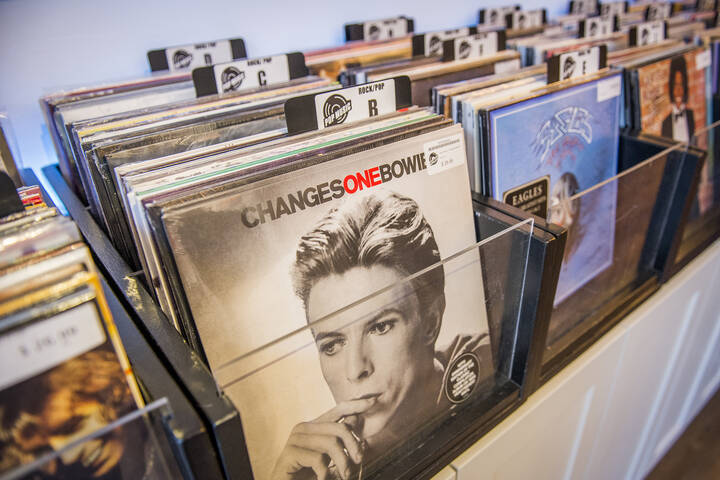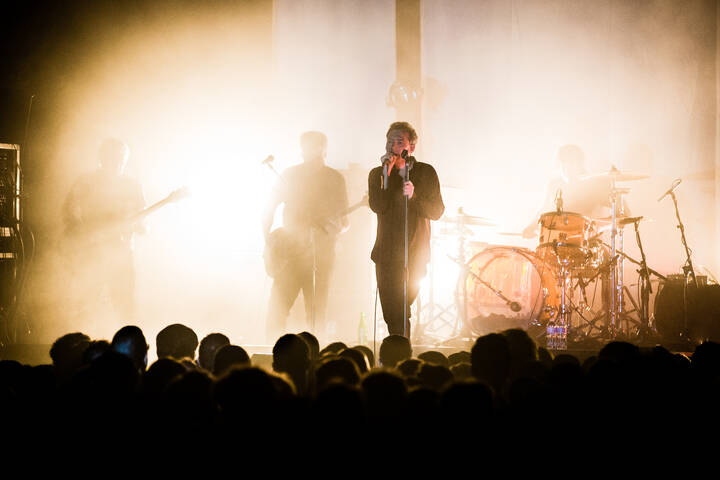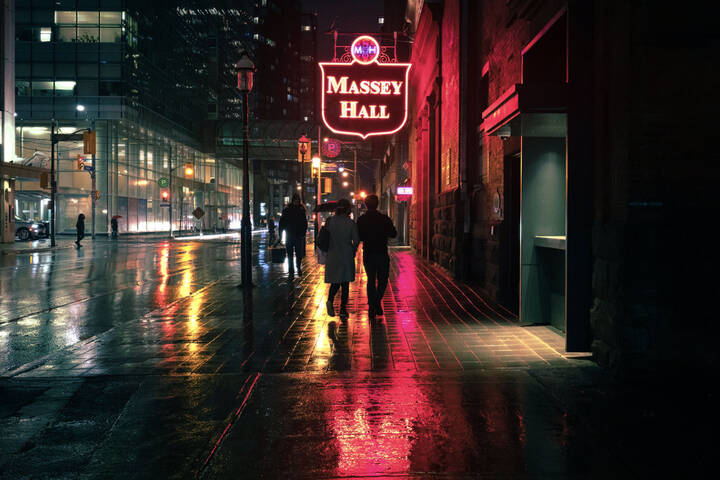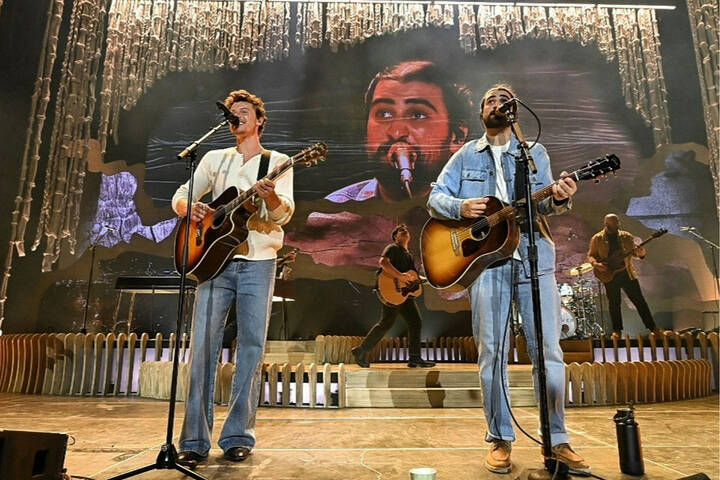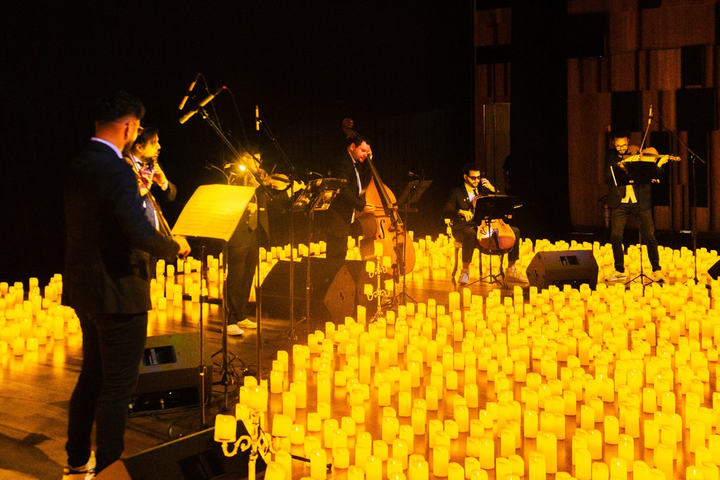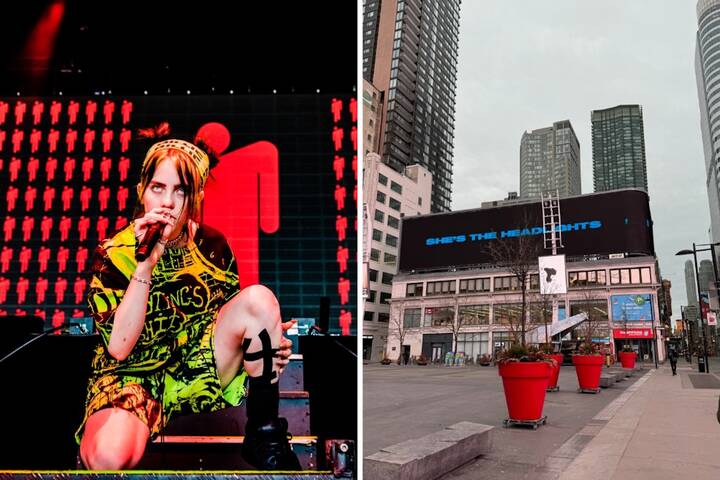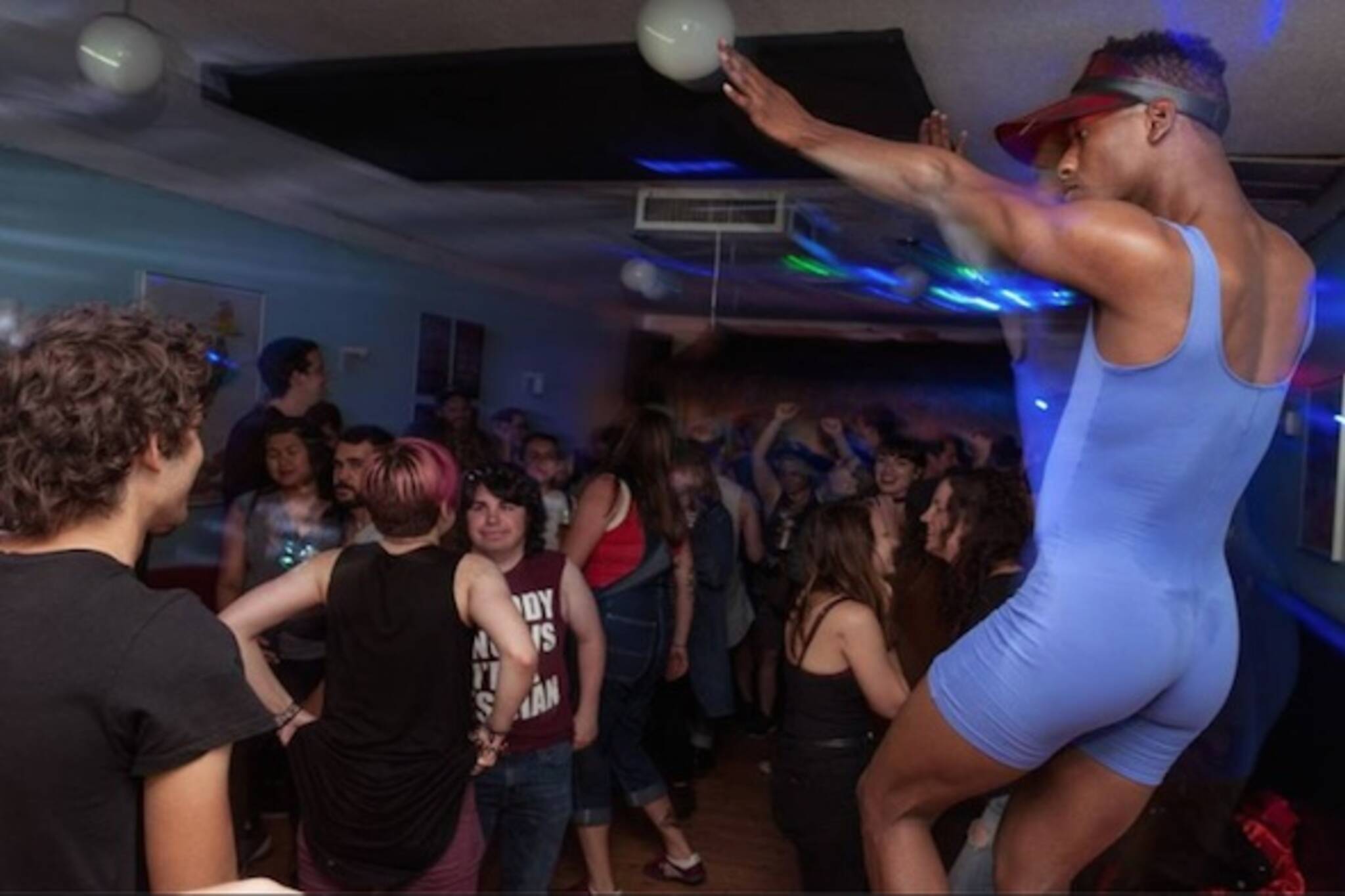
Blame the new condo if you can't dance at your local bar
How many times have you heard of a neighbourhood covered in fun bars and restaurants slowly taken over by towering condos? Then to the surprise of nobody, noise complaints start rolling in. Slowly but surely patios are restricted, bars close down, and the once thriving nightlife of a neighbourhood is squashed by the very people who wanted to move into the area to begin with.
And it's not just condo-filled neighbourhoods. Remember what happened on Geary Avenue? A single noise complaint basically dismantled a burgeoning live music scene in a neighbourhood that's primarily industrial buildings.
Does Toronto actually have a problem with fun? I'm not claiming there's an alarming lack of dance floors in the city right now. Just look at our list of neighbourhood dance spots and tiny dance floor gems. But what is happening to our dance floors? Do you need a license to have one? Are they so restricted for new businesses that it's not worth the risk?
"The evolution of the restaurant industry has brought about the advent of the resto-bar, which has created lots of great places to eat and further blurs the line between restaurants and bars," Dan Nicholson, Senior Planner with the City of Toronto, tells me.
He lists a number of concerns that have led to the slower pace of dance floors opening in downtown Toronto. Residents who don't want to deal with public drunkenness and late night noise is chief among them. He also mentions limiting the amount of floor space in a business, dedicated to "Accessory Use."
"Limits have been placed on accessory uses such as dance floors to limit the impacts of late night drinking establishments on adjacent residential neighbourhoods," Nicholson explains. Exceptions are the Entertainment District and some other areas where larger nightclubs have been permitted."
This city staff report (PDF) on businesses on West Queen West back in 2013 explains accessory space, and gives you a glimpse into why dance floors are a rare bird in smaller "places of amusement." Essentially, the idea is to reduce the standing area of businesses zoned as restaurants so that they aren't able to function as bars and clubs.
In 2014, a planning report entitled Not Zoned for Dancing: A Comprehensive Review of Entertainment in Downtown Toronto, revealed that between 2006 and 2011 entertainment, nightlife, and culture declined in importance among the reasons that residents identified for choosing to live downtown.
This report is an informative study launched by the City of Toronto to help understand and find a balance between the massive amount of people moving into the city to live and the need or lack thereof for nightlife and entertainment establishments.
It ultimately recommends coming up with a clearer definition of entertainment, sharing responsibilities for soundproofing and analyzing the benefits of entertainment for the city. The current number of businesses licensed as "entertainment establishments" is 41. In 2011 there were 53. These are places where it's technically legal to dance.
Applying to have a dance floor isn't difficult, but it's the many factors after the form is filled out that get in the way of our dancing.
Everything can be boiled down to this: there are a lot of people moving to what we broadly call downtown Toronto, and a lot of them don't want to deal with drunken fools on their way to their local convenience store. The city is constantly trying to adapt to this influx by adjusting the restrictions on things such as dance floor spaces.
Yet there are a couple positive angles to all this. The new resto-bar model really blurs the lines of "places of amusement" and according to Nicholson, "Liquor licensing requirements... effectively make it impossible to distinguish between bars and restaurants." This means there's one set of rules for all businesses.
On top of that, think about it this way: this is a good problem to have. "We're lucky to be a in city that has these types of tensions," Nicholson says. "We're fortunate to have that vibrancy. The challenge is how to allow people to go out and dance yet maintain it as a place where people can raise families and have a good quality of life."
Hell, there's even a working group made up of city staff, licensing reps, Alcohol and Gaming Commission industry reps and police called The Liquor Licensing Hospitality Industry Working Group, who monitor, discuss and address these ever-evolving issues, and report back to city council!
The tensions will always exist, neighbourhoods will always change and evolve, and the city will constantly try to find ways for everyone to exist in harmony. These are signs of a healthy metropolis, a place people want to live, play and dance. And as far as I can tell, dancing will happen when the will is strong enough to make way for it. Move a couple tables and chairs aside and go for it.
Special thanks to Bruce Hawkins and Dan Nicholson at the City of Toronto for all their help in gathering reports and numbers to better understand why and where we should be dancing.
Lead photo from the Skank Top Party at The Steady by Eva Bergstra via their Facebook page.
Latest Videos
Latest Videos
Join the conversation Load comments
